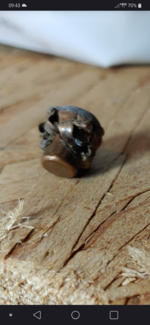Silver Supporter
- Messages
- 243
- Reactions
- 237
reminds me of my dad. the best hunter and rifle shot i have ever known. his signiture deer shot was in the pocket just behind the front leg shot well over 100 deer and many elk and pronghorn.. harvested game with 25 35 243 06 and 300win. decided to try 270 so went and shot a pronhorn buck with 130 g bullet, knocked the buck flat. started to put the gun away, my mother said that buck is gettin away. dad said no hes not mother said yes he is. long story short one lost buck. dad said it was that 270's fault. moral of the story bullets sometimes fail for a vareiaty of reasons. talk all you want about my gun is better but game animals react in different ways to different situations.













